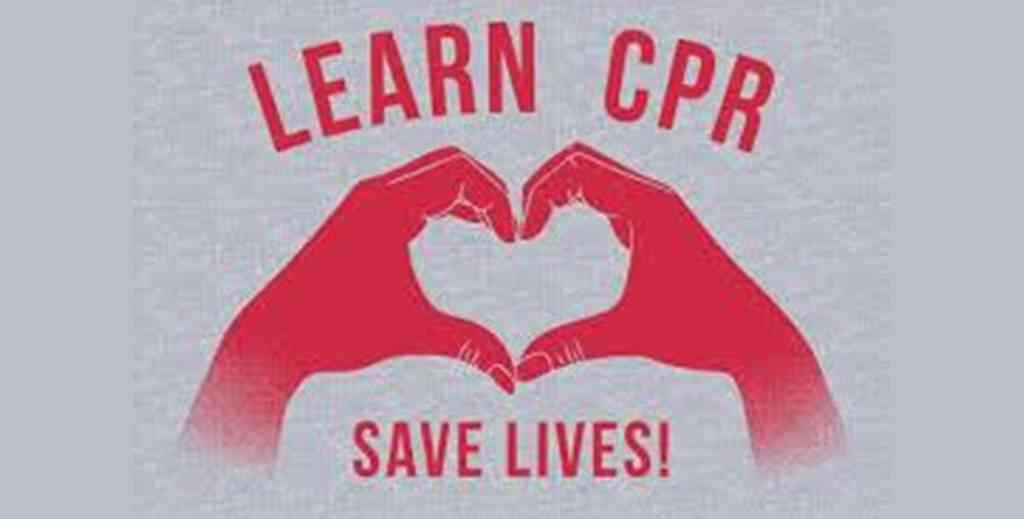Dear Friends,
I trust this email finds you well. A very good friend shared a version of this with me earlier today and I took the liberty to edit it a bit and then to re-gift it. Thanks for the premise as well as for a majority of the content. By the way, feel free to share throughout your circles as well. The more folks this information reaches – the better.
Studies indicate that the rate of heart related emergencies spike around the Holidays. There are many factors which are thought to contribute to this; however, they are not the focus of this communication. Recognizing that the risk is increased and that many of us will be attending functions where there may be a large number of people, I thought this would be a good time to provide a refresher as to the steps of performing CPR.
Adult CPR:
- As you are approaching the patient, make sure that the scene is safe. Things such as traffic, chemicals, or electrical equipment may be harmful. Take precautions.
- Tap the person on the shoulder and shout “Are you OK?…Are you OK?”
- If there is no response, direct someone to call 911 and to get an AED. If there is no one else around and you are with an adult patient, you call 911 and get an AED, if available.
- Then, look at the patient face, neck, and chest…are they breathing, blinking, or coughing? If there is no breathing or only an occasional gasp, they need CPR!
- Make sure the patient is lying on a firm, flat surface. (A bed or a couch does not qualify…move them to the floor).
- Place the heel of one hand on the patient’s chest…mid-nipple line and mid-sternum.
- Place your other hand on top of the first hand and interlock your fingers.
- Position yourself with your shoulders straight above your hands and lock your elbows.
- Push straight down into the patient’s chest 2 inches, 30 times, at a rate of 100 to 120 compressions per minute. It may help to remember to do it to the rhythm of Staying Alive by the BeeGees. (You may feel cracking beneath your hands the first few times you push. Don’t freak out. You are likely breaking cartilage loose where the ribs meet the sternum). Your compressions will then get easier.
- Open the patient’s airway by pushing back on the forehead and lifting the chin. This moves the base of the tongue away from the back of the throat.
- Pinch their nostrils closed and place your mouth over their mouth, giving two breaths lasting 1 second each…just enough to see the chest rise. This should take no more than 10 seconds. If this is not someone you know and you are not equipped with a barrier device, you may not be comfortable in performing mouth-to-mouth resuscitation. If this is the case, perform “compression only” CPR.
- Keep repeating 30 compressions and two breaths until the patient starts breathing or until qualified help or an AED arrives.
If/when an AED arrives:
- Turn the unit on.
- Remove the pads from the package.
- Peel one pad from the plastic liner and place it on the patient’s bare chest, in the position indicated on a picture on the pad.
- Peel the second pad from the plastic liner and place it on the patient’s bare chest, in the position indicated on a picture on the pad. The AED will then tell you “Do not touch patient…analyzing heart rhythm” or a similar message. If the AED detects ventricular fibrillation (a condition where the heart is quivering but not pumping blood), it will tell you “Shock needed…stand clear…push red flashing shock button” or similar message.
- Make sure that no one is touching the patient and push the shock button.
- After the shock is delivered, resume CPR, beginning with compressions.
Being prepared for emergencies, whether at work, at home, or at play, helps us make a difference in the lives of others and THAT’S WHAT WE’RE ABOUT!
Thanks for the share, PT!



